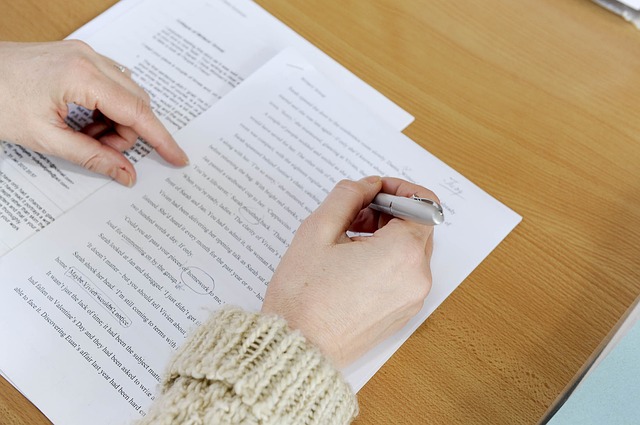It serves as the final quality check to refine translations, making them suitable for their intended audience. This article examines the importance of proofreading in translation, its key steps, and best practices for achieving outstanding results.
Understanding Proofreading in Translation
Proofreading in translation involves a detailed review of a translated text to correct errors and enhance its overall quality. It focuses on grammar, style, terminology, and cultural nuances while ensuring the translation aligns with the source text’s meaning. Proofreaders polish the text to deliver a professional and natural reading experience.
Why Proofreading Is Crucial
Effective proofreading elevates translations by:
Ensuring accuracy in meaning, especially for technical or legal content.
Maintaining a consistent tone and style, enhancing professionalism.
Avoiding cultural misunderstandings that could confuse or offend readers.
Building trust with audiences through error-free, high-quality translations.
Core Steps in Translation Proofreading
A thorough proofreading process includes:
Source Comparison: Verify that the translation accurately reflects the original text’s content and intent.
Language Correction: Fix grammar, spelling, and punctuation errors in the target language.
Terminology Check: Confirm consistent use of specialized or client-specific terms.
Cultural Review: Adapt expressions to resonate with the target culture, avoiding inappropriate idioms.
Flow Optimization: Refine sentence structures for clarity and readability.
Tools Supporting Translation Proofreading
Proofreaders use a combination of tools and expertise:
CAT Tools: Platforms like Smartcat or Wordfast ensure terminology consistency with glossaries.
Editing Software: Tools like LanguageTool or Hemingway flag linguistic issues, supplemented by human judgment.
Style Guides: Following standards like AP Stylebook or client preferences ensures uniformity.
Collaboration Systems: Platforms like Google Workspace facilitate communication with translators for clarity.
Challenges in Translation Proofreading
Proofreading translations presents unique obstacles:
Balancing Fidelity and Fluency: Maintaining the source text’s meaning while ensuring natural expression.
Specialized Knowledge: Handling technical jargon in fields like medicine or law.
Time Pressures: Meeting tight deadlines without compromising quality.
Cultural Sensitivity: Ensuring translations align with the target audience’s cultural context.
Best Practices for Effective Proofreading
To excel in translation proofreading:
Review the text in multiple passes, focusing on different aspects like accuracy or style each time.
Use a checklist to verify elements such as numbers, names, and formatting.
Read the translation aloud to catch awkward phrasing or errors.
Seek input from native speakers for culturally complex content.
Stay informed about evolving language trends and industry standards.
Conclusion
proofreading in translation is an indispensable step that transforms raw translations into polished, impactful content. By addressing linguistic, stylistic, and cultural details, proofreaders ensure translations meet professional expectations. Whether for business, academic, or creative purposes, thorough proofreading guarantees that translated content connects effectively with its audience.









